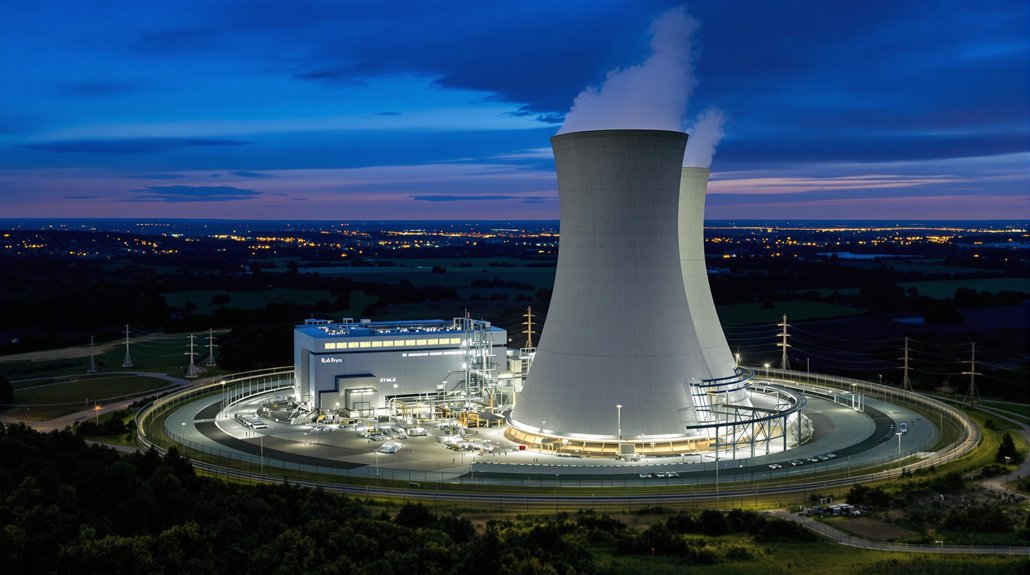Tech giants are betting big on nuclear power. Microsoft, Amazon, and Google have invested billions in nuclear projects, aiming to triple capacity. Microsoft signed a 20-year deal for 835 megawatts from the former Three Mile Island site. Amazon targets 5 gigawatts by 2039, while Google plans its first small modular reactor by 2030. They’re seeking reliable, clean energy for AI and data centers. These major investments signal a potential solution to our planet’s energy challenges.
America’s biggest tech companies are diving headfirst into nuclear power. Microsoft recently made waves with a 20-year deal for 835 megawatts from the former Three Mile Island facility. They’ve committed $1.6 billion to reopen and upgrade the plant, now called the Crane Clean Energy Center. The facility should be running again by 2028.
Amazon isn’t far behind. The e-commerce giant led a $500 million funding round for X-energy, a small modular reactor (SMR) developer. They’re working with energy companies to install SMRs in Virginia and Washington state. Amazon‘s goal is ambitious: 5 gigawatts of nuclear power by 2039.
Google has teamed up with Kairos Power to develop SMRs too. Their plans include buying 500 megawatts from 6-7 Kairos reactors. The first one should be online by 2030, with more coming by 2035. Google wants these reactors to power their growing network of data centers.
Why are tech companies suddenly interested in nuclear energy? The answer is simple: AI and data centers need massive amounts of reliable electricity. These companies also have goals to reach net-zero emissions. Nuclear power provides clean energy 24/7, unlike wind or solar. Amazon and Google have publicly committed to tripling nuclear capacity as part of their sustainability strategies announced at CERAWeek 2025.
Tech giants are embracing nuclear power for one reason: AI’s insatiable appetite for clean, always-on electricity.
The timing matches a global nuclear comeback. The International Energy Agency expects 2025 to set records for nuclear power generation. Over 20 countries have promised to triple nuclear capacity by 2050. Even the European Union now allows sustainable funding for nuclear projects. China plans to double its nuclear capacity within six years.
Challenges remain significant. Nuclear plants are expensive to build and face strict regulations. The public still worries about safety after accidents like Fukushima. There’s also the question of storing nuclear waste safely. The industry faces serious skills shortages that threaten to undermine the ambitious expansion plans.
Despite these hurdles, innovation continues. Companies are focusing on smaller, safer reactors. They’re using AI to improve designs and operations. If successful, this tech-driven nuclear renaissance could provide the clean, reliable energy our digital world needs.








